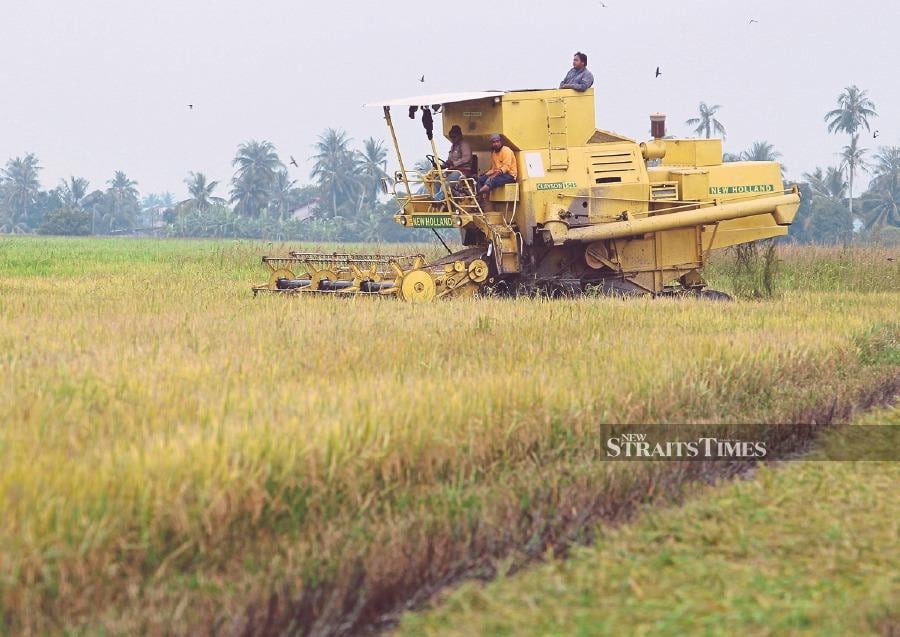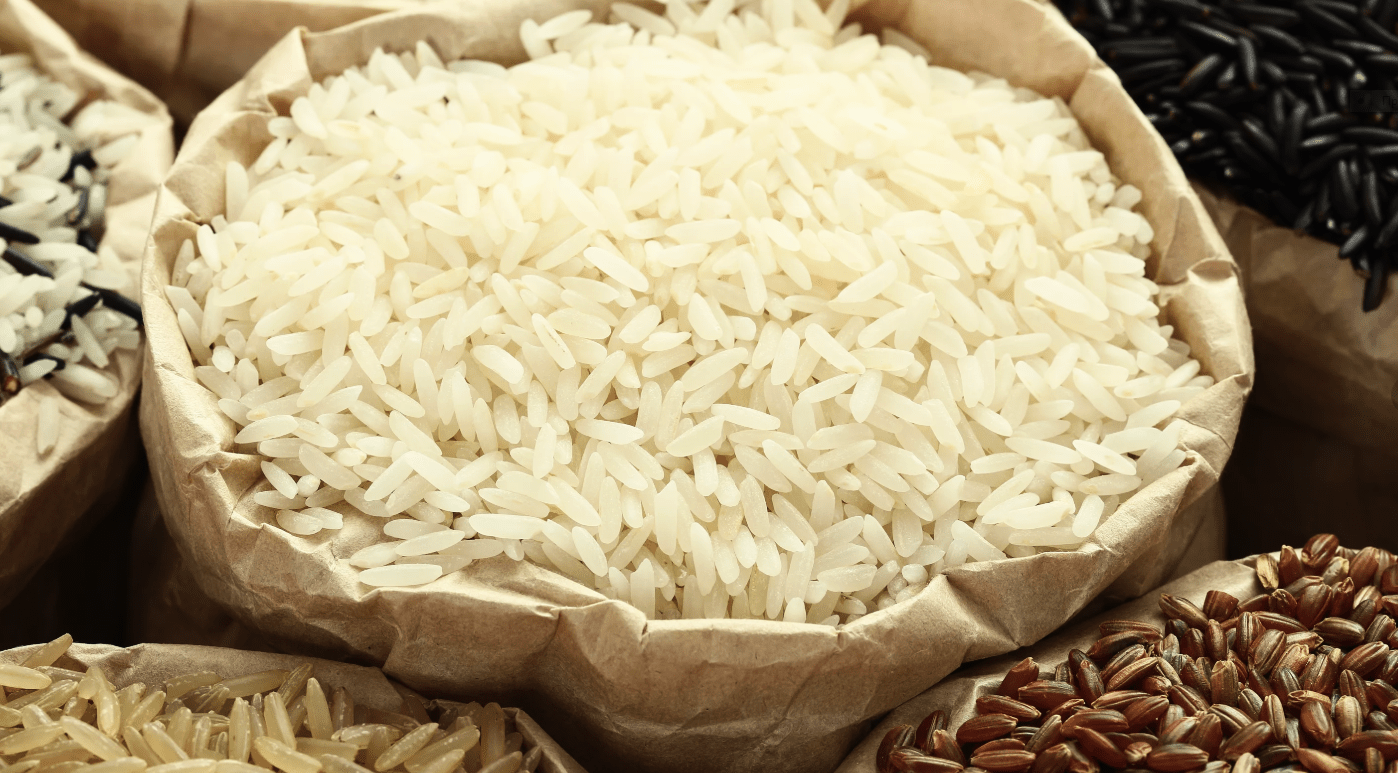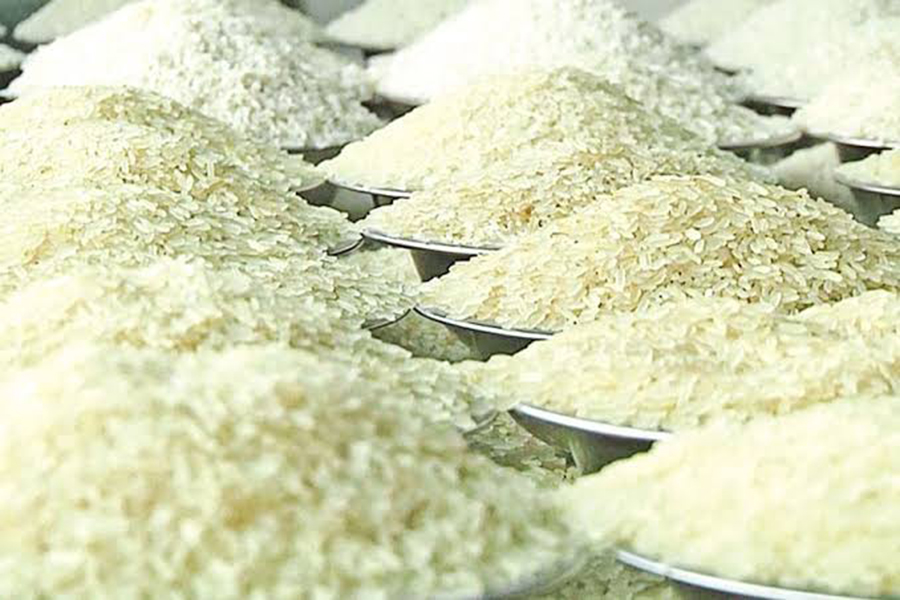Tags
Four steps to achieve rice self-sufficiency

Local rice production can only fulfill about 65 per cent of the country’s needs. – NSTP file pic
LETTERS: IN line with trends in developing economies, Malaysian food consumption patterns have undergone significant changes.
There has been a substantial increase in demand for meat, fish, dairy products and food consumed outside the home, while reliance on rice as a staple food has steadily decreased.
Despite these dietary shifts, rice remains the primary source of carbohydrates in Malaysia, with per capita rice consumption in 2021 double that of wheat.
The performance of the padi and rice industry is significant for the country.
Local production can only fulfil about 65 per cent of the nation’s needs, with reports indicating a shortage of local white rice in the market.
It is imperative to boost local rice production to ensure the country’s self-sufficiency.
A question arises: Why has self-sufficiency never been achieved, even though it has been set below 100 per cent?
The guiding principle of agricultural policy is to boost food supply through market interventions and enhance demand, price stability and provide a safety net for farmers and consumers.
The policy also aims to streamline the food supply chain, enabling smallholders to engage in the agribusiness value chain by ensuring fair access to local and international markets.
It also seeks to correct market failures by balancing private and social optimisation and optimising policies that improve the welfare of producers and consumers.
As the current policy has not achieved the goal of self-sufficiency and considering the philosophy of agricultural policy, the country’s rice policy needs to be restructured as follows:
TO enhance the effectiveness of the rice subsidy scheme, distribution should shift from being based on the rice crop land (input-based) to being based on output or production. This change can boost rice production productivity.
ALLOW the price of “Super Tempatan 15 per cent” rice to float and replace it with targeted subsidies for the poor, especially the urban poor. This will streamline the national rice supply chain and address the local rice shortage.
Rice prices will then fluctuate with global supply and demand. To implement this effectively, a trigger price should be set. If the price of rice exceeds this trigger, the targeted subsidy would be activated. If the price falls below it, the subsidy would not apply.
IMPLEMENT a land use policy to boost rice production by providing incentives from the federal government to state governments.
A study by the Town and Country Planning Department suggests that these incentives can be based on the ecosystem service value of land used for rice production, through schemes like Food Security Transfer Payments.
UNLIKE the industrial sector, the food production sector, including rice, faces greater risks and uncertainties, such as natural disasters and price volatility. To address these challenges, implementing rice crop insurance is necessary.
Alongside this, the country’s rice industry needs to increase investment in research and development to boost productivity, continue the Large-Scale Smart Padi Project to expand farms and enhance the entrepreneurial skills of rice farmers.
DR M. NASIR SHAMSUDIN
Putra Business School,
Universiti Putra Malaysia
https://www.nst.com.my/opinion/letters/2024/05/1053693/four-steps-achieve-rice-self-sufficiencyPublished Date: May 21, 2024






